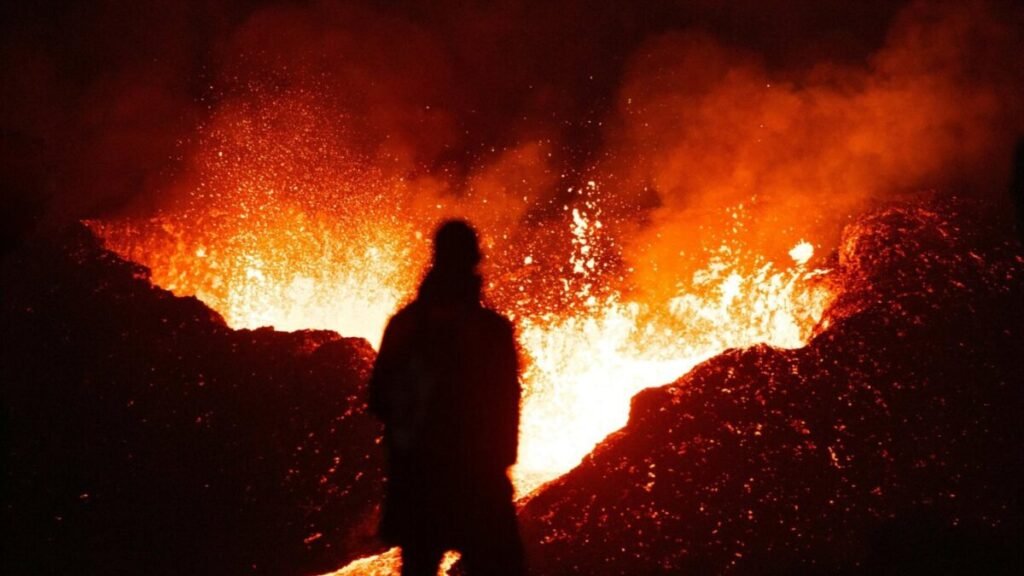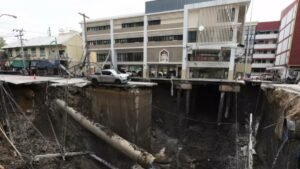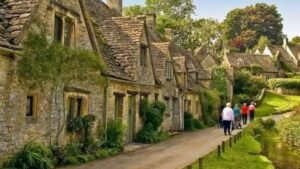When Iceland Became a Natural Amusement Park: How the 2010 Volcano that Paralyzed Europe Saved Its Economy but Threatens Its Identity with Mass Tourism

Just over a decade ago, Iceland was known in geography books and Norse sagas, not in Instagram selfies or airline campaigns. Everything changed when the volcano Eyjafjallajökull covered the European sky with ash in 2010. What began as a natural disaster ended up becoming the seed of Iceland’s global visibility. Today, the country debates whether the price of this global visibility has been too high.
Awakening that changed everything
In 2010, the Eyjafjallajökull eruption blocked air traffic across half the continent, but it also gave Iceland an unexpected opportunity. Millions of eyes saw images of glaciers, black beaches, and auroras borealis on news around the world. The country, coming from a brutal financial collapse in 2008, decided to turn the catastrophe into a showcase and launched the first tourist marketing offensive, marking the beginning of a new era.
Prosperity at all costs
The tourism boom saved declining villages, created jobs, and turned Iceland into an economic success story. Towns like Vik, once focused on agriculture, transformed into tourist centers with improvised guesthouses, cafes in school buses, and adventure routes. In some municipalities, foreigners are now the majority, even leading to an unexpected “baby boom.”
The identity dilemma
However, growth also left scars. Farmers complain that tourists enter their lands and feed their horses without permission, leading to animal deaths. Basic systems like sewage or waste management are overwhelmed, and the island’s silence and isolation are replaced by bus caravans, drones, and crowds at the same viewpoints. For many, Iceland is at risk of becoming a mere tourist backdrop.
The future under discussion
Academics and authorities agree that the goal is not to close the door to visitors but to rethink the model. The aim would be to attract travelers looking for longer, more conscious experiences linked to culture and history, rather than quick visits dictated by social media. The western fjords and the fishing north are examples of regions still on the sidelines that could absorb some pressure if routes are diversified. The national phrase Þetta reddast (“everything will be fine”) reflects the resilient optimism of Icelanders, but the question now is more uncomfortable than ever: how to continue welcoming the world without losing what made the island unique.







